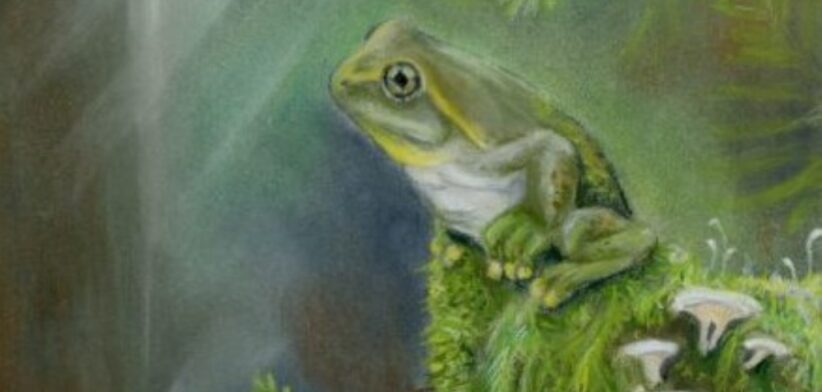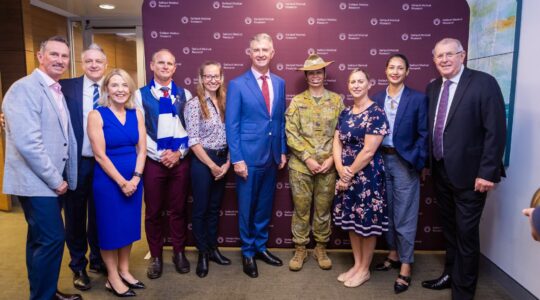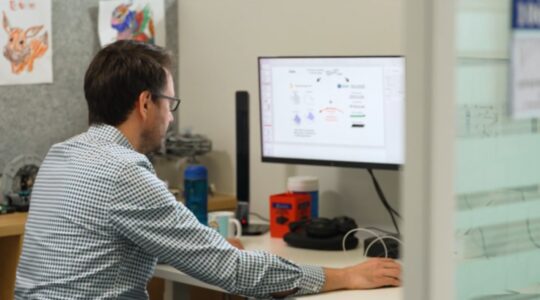A fossil located in regional Queensland has increased the age of Australia’s oldest frog ancestor by more than 20 million years.
Researchers from UNSW Sydney has used CT scans to identify a new species of frog in fossils unearthed in Murgon, in the south-east of the state.
Study lead author Roy Farman said the discovery challenged what was believed about when Australian and South American frogs parted ways on the evolutionary tree.
Dr Farman said, previously, scientists believed Australian and South American tree frogs separated from each other about 33 million years ago.
“The new species, Litoria tylerantiqua, is now at about 55 million years old, the earliest known member of the pelodryadid family of Australian tree frogs,” he said.
Dr Farman said around 55 million years ago, Australia, Antarctica and South America were linked together as the last remnants of the southern supercontinent Gondwana.
He said global climates were warmer during this period, while a forested corridor linked South America and Australia.
“Previous estimates based on molecular clock studies showed that Australian and South American tree frogs separated from each other at about 33 million years ago.
“Our research indicates that that date is at least 22 million years too young.
“While molecular studies are important for understanding the evolutionary relationships of different groups of animals, these studies should be calibrated using knowledge from the fossil record and in this case the fossil record provides a more accurate time for separation of the southern world’s tree frogs.”
He said the team used CT scans of spirit-preserved frogs from Australian museum collections to compare the three-dimensional shape of the fossil bones with those of living species.
“The technique – called three-dimensional geometric morphometrics – has only been used on fossil frogs once before.”
Dr Farman said using these new methods, they were able to unravel the relationships of these fossils to all other groups of frogs living and extinct.
Read the full study: Early Eocene pelodryadid from the Tingamarra Local Fauna, Murgon, southeastern Queensland, Australia, and a new fossil calibration for molecular phylogenies of frogs.








